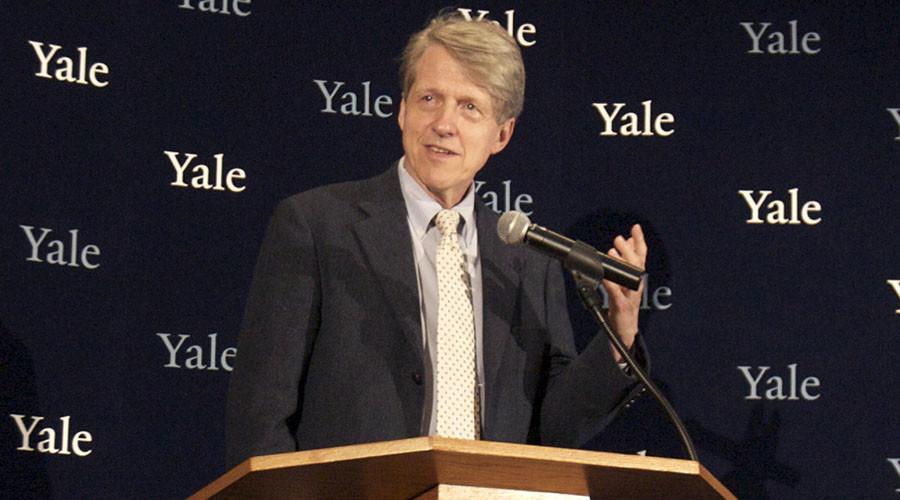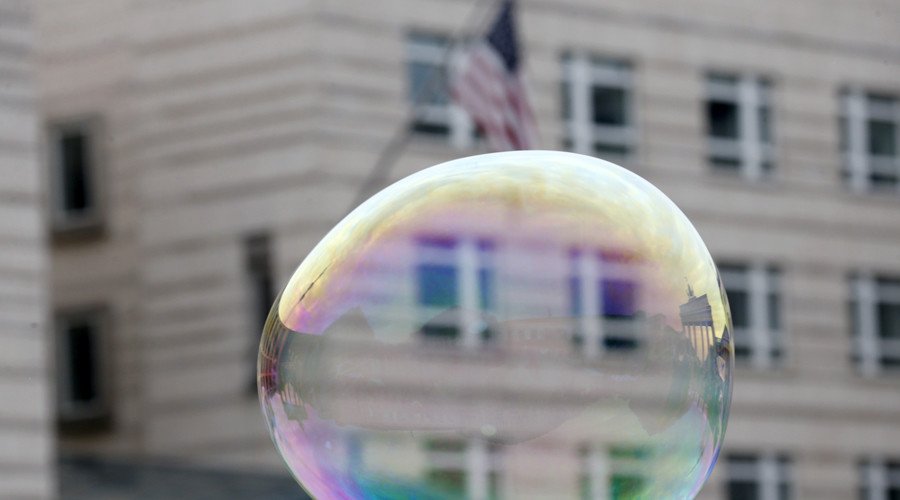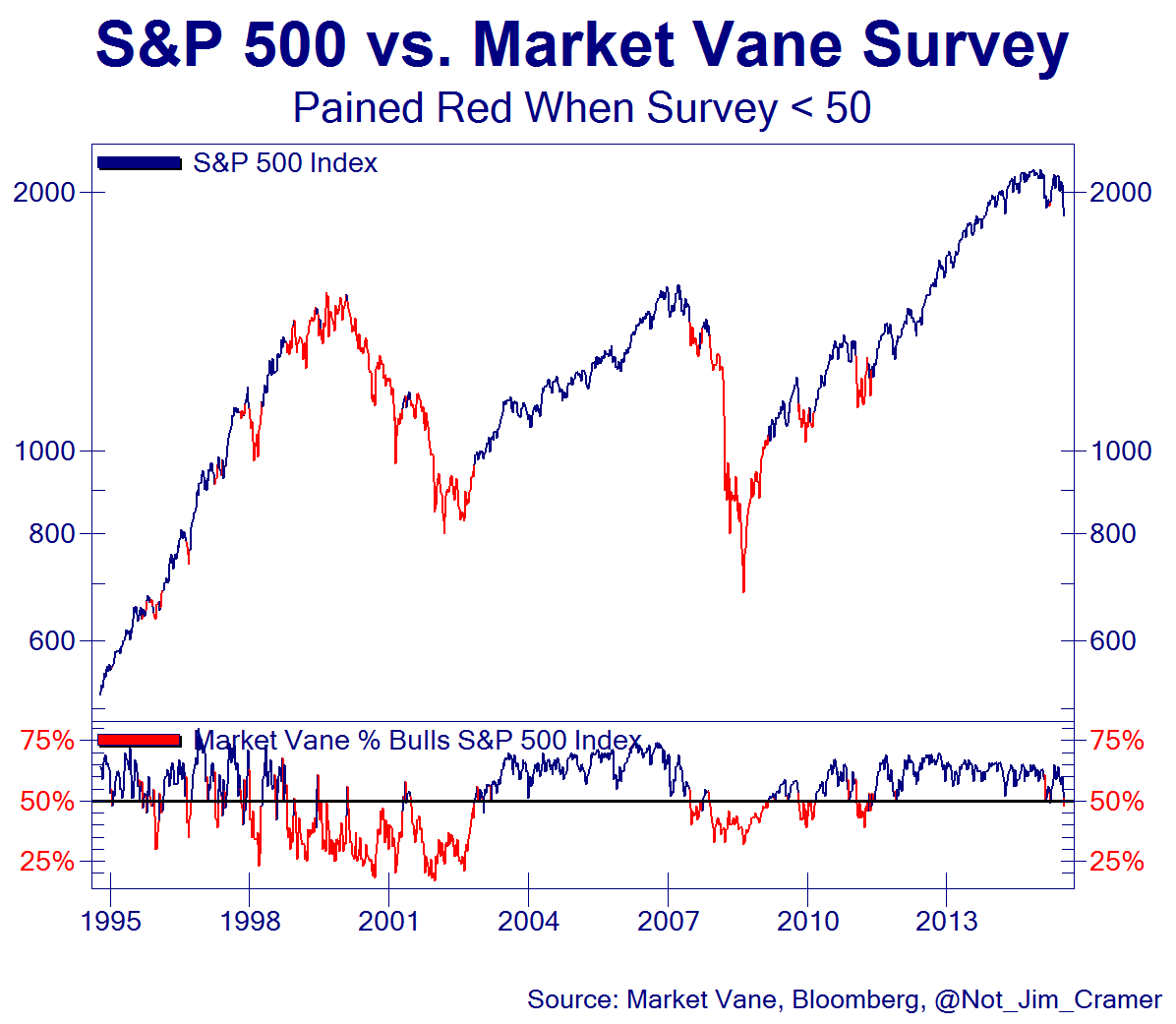Jeff Nielson: The New Cold War between West and East has already become a
Luke-Warm War ,
and it threatens to become a full-fledged “hot” war. After years of
passively reacting to Western crime and aggression; both China and
Russia have shown
an increasing tendency
to adopt a more proactive stance. On the economic front, China has
leaped into the international gold market,
suddenly and decisively .
After having purchased no gold on the open market for at least six
years; China’s government has now made large, open market purchases of
gold
every month ,
for six, consecutive months. This has already totaled roughly 100
tonnes. Ultimately, this is gold which comes out of the warehouses of
the Big Bank crime syndicate.
Of equal significance; China is funding these open market purchases with the proceeds from
dumping large
quantities of its U.S. Treasuries holdings. U.S. Treasuries are
worthless paper, available in near-infinite quantities. Gold, as the
ultimate monetary metal, is literally “priceless” in comparison to that
worthless paper – while its supply is extremely limited. Selling the
former in order to buy the latter may not be the banksters’ worst
nightmare, but it’s close.
However; China’s open market purchases of gold are not the only
example of China “flexing its muscles” in the gold market. Domestically,
China has sought to steadily increase the role of the Shanghai Gold
Exchange in the global gold market. It is morphing from being a mere
alternative to the paper-fraud markets of London and New York into being
a serious rival.
In mid-2014; China announced plans to begin offering three “physical”
contracts for
gold at the SGE, denominated in renminbi, in amounts of 100 g, 1 kg,
and 12.5 kg. The significance of the last, larger number is that this
equals the size/denomination of the “London good delivery bars” which
are (supposedly) being traded in the Western world.
When we see contracts for the trading of a
physical commodity
labeled as “physical” contracts, isn’t this redundant? No. Rather, the
clear implication is that the “physical” trading of gold at the SGE
would be in contrast to the
paper trading that takes place in the Western world – where more than 100 “ounces” of
paper-called-gold exist for every ounce of actual metal in those fraud markets.
China further stipulated that it was “inviting” Western financial
institutions to take part in the trading of these physical contracts. A
Reuters
article provides the thinking behind sending out such invitations:
“China wants to have more voice in gold prices,” said Jiang Shu,
an analyst with Industrial Bank, one of 12 banks allowed to import gold
into China. “The international exchange is the first step towards
gaining a say in gold pricing.”
“If you don’t allow foreign players to participate in your market
actively, or do not push Chinese financial institutions to participate
in the international market, then China’s strong gold demand is only a
number, not a power,” he said.
The implication is clear: international participation in trading at
the SGE enhances the prestige and (perceived) legitimacy of the
Exchange, and thus accelerates its rise in status vis-à-vis the
exchanges in London and New York. For this reason, it will likely
not be a surprise to many readers that Western financial institutions have been less-than-enthusiastic about such participation.
For newer readers, who are not yet familiar with the “role” of
Western banks in the West’s ultra-fraudulent bullion markets, it’s
really quite simple. These Big Banks are the “hit men” in these markets,
who perennially prevent
price-discovery (and thus legitimate prices) in global bullion markets, through a variety of forms of
illegal manipulation .
One of their favorite methods of market-rigging is through “shorting”
these markets, with massive, illegal trading, where the illegality
could not be more obvious. How obvious? In 1971; the Hunt Brothers were
convicted of “cornering the silver market”, at a time when their total
holdings represented less than 20% of available inventories.
Today, the four Big Shorts in the silver market, all Western Big Banks, have “cornered”
roughly 80% of the trading on
the short side of the market. This means that each of those four,
criminal institutions holds a larger concentration in this market than
the percentage which earned the Hunt Brothers their criminal conviction.
More to the point; regular readers are fully aware that all of these
Western banks are, in fact, nothing but tentacles of one, gigantic,
financial behemoth:
the One Bank . This single crime syndicate is allowed to permanently hold a short position in the silver market more than
four times more concentrated than what U.S. courts have already ruled is illegal.
That’s called a double-standard. There is one set of rules for the
Criminals “trading” (illegally) on the short side of the market.
Meanwhile, we have another totally opposite set of rules for those
individuals/entities looking to engage in
honest commerce in the silver market. Put more simply: there are no
rules for the Criminals, and (by implication) no
rights for the honest traders.
Those are the West’s “bullion markets”: permanent cesspools of
financial crime, with the Big Banks holding massively illegal short
positions, which are grossly disproportionate in size to short-trading
in all other commodity markets. This provides us with one of the reasons
for the extreme reluctance of these crooked Big Banks to participate in
offering the SGE’s (real) gold contracts.
For any player in any market with a short position; increased “long”
trading directly and immediately puts price pressure on any short
position in that market. Sitting on the largest (illegal) short
positions in the history of human commerce, these Big Banks have little
appetite for facilitating the trading of actual bullion at the SGE, to
put it mildly.
However, once again, this pulls our focus back to the paper-fraud markets in the West. In the West, for some reason, these
same Big
Banks have (supposedly) taken an entirely opposite attitude toward
being big players on the long side of the market. Indeed, these Big
Banks volunteered to act as “custodians” for the largest “bullion funds”
in the Western world: the bankers’ notorious
bullion-ETF’s.
In legitimate spheres of the bullion world; investors who trade in legitimate
bullion funds are
required to bear the storage costs for holding that bullion. Thus the
unit cost of their holdings in these funds exceeds the “spot” price of
the bullion market at that time, by a modest premium, in order to cover
those storage costs. Not so, with respect to the Big Banks’
bullion-ETF’s.
The largest of these so-called bullion funds are the SPDR Gold Trust,
and the iShares Silver Trust, better known by their market symbols (
GLD and
SLV,
respectively). The purchasers of units in these funds pay no premium
for their “gold” and “silver”. Indeed, they can often purchase their
units at a slight discount to the spot price.
If we were to assume that GLD and SLV were legitimate bullion
funds, which were being administered for the benefit of unit-holders,
then consider what is implied. As custodians; the Bullion Banks would
not merely be providing free storage for the long investors entering
this market, they would be
subsidizing those investors, since the storage costs for the Big Banks, themselves, are greater than zero.
Note further that this is (potentially) an
infinite subsidy for
long investors in the gold and silver market, since they have pledged
to act as custodians (and thus subsidize) any and all investors in these
funds. What we are supposed to believe is that these mega-shorts, with
short positions in both the gold and silver market which are so large as
to be obviously illegal, are also the largest
philanthropists on
the planet on the long side of the market – offering infinite
subsidization for long investors in gold and silver, but only in the
Western markets which they control.








